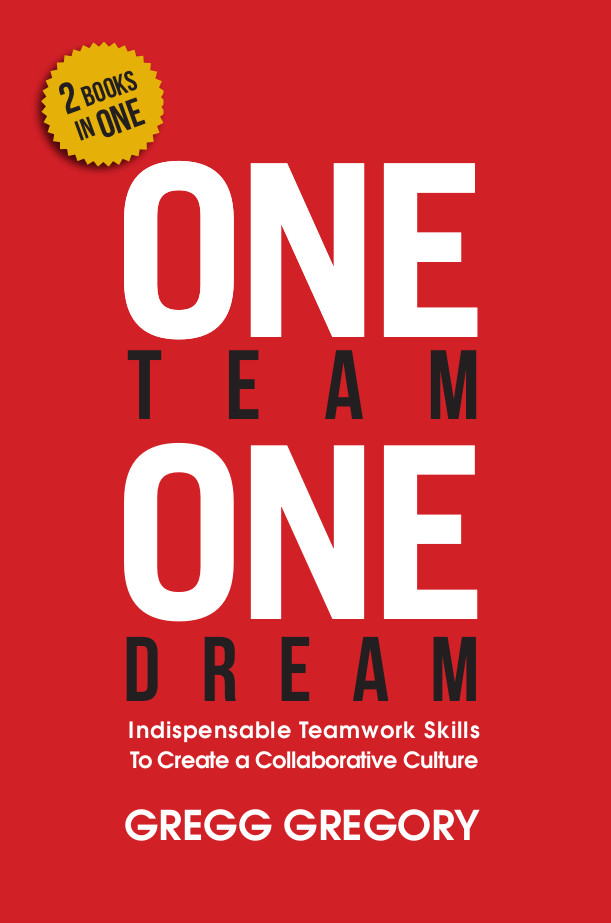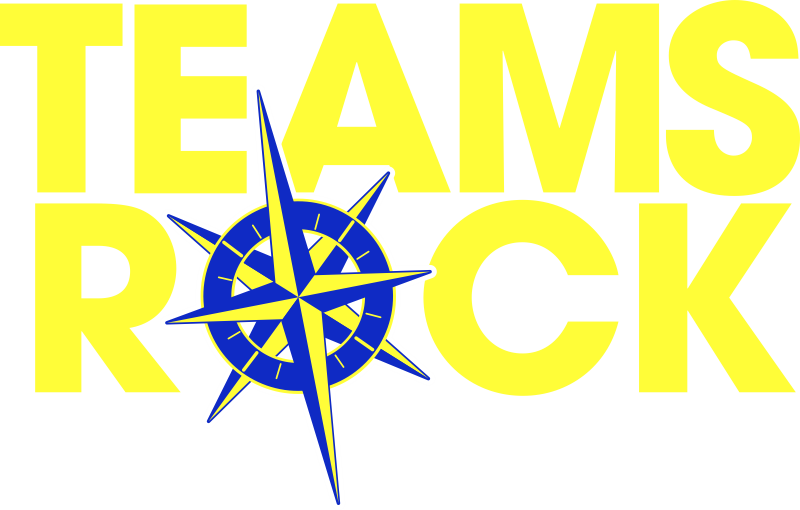There are three basic scenarios in which conflict occurs:
- Between yourself and another person
- Between two others when you are an observer or leader
- Among the entire team
 Regardless of the conflict situation you find yourself in, working through the R.E.S.P.E.C.T. model is an effective teamwork strategy that helps to eliminate the escalation of the conflict and allows for a peaceful resolution for everyone.
Regardless of the conflict situation you find yourself in, working through the R.E.S.P.E.C.T. model is an effective teamwork strategy that helps to eliminate the escalation of the conflict and allows for a peaceful resolution for everyone.
R- Review the Situation
By reviewing the situation, you may realize that there is no real conflict present. If you do find that you have a conflict arising, then move on to “E.”
E- Explore All Possible Solutions
Everybody needs to be involved in exploring solutions. You might even call this a brainstorming session and we already know that brainstorming is an effective teamwork strategy. This stage is about brainstorming possible solutions; it’s not about solving the problem.
S- Solving the Problem
This is the phase where you figure out what solutions will work. Everyone involved in the conflict needs to be involved in the solution. When everyone is involved in the solving process, the buy-in is stronger from everyone.
P- Prepare to follow through
Once you have a solution to the problem, you need to follow up to make sure it actually works. This is easily done with benchmarks and specific dates and times to be met.
E- Expect Cooperation
This is a critical step in the R.E.S.P.E.C.T. process and should never be taken lightly. This is where everyone opens up about what they expect from each other.
In my workshops, I set up a scenario where I model a conflict situation with a single person. When we get to this phase, I say to the person, “This is what I expect from you,” and wait for their response. In many cases, the person says OK. This is where significant challenges can arise.
Let’s say that Jeff and Caroline are having conflict around a way to approach a solution at the help desk. They have gone through the process of R.E.S.P. and are now at the Expect Cooperation stage. Caroline says, “Jeff, this is what I expect from you.” Jeff should respond with, “OK, Caroline, and this is what I expect from you.” Too often, this does not occur, so when Caroline makes her statement and Jeff only responds with “OK”, Caroline then needs to be proactive and say, “Jeff, what do you expect from me?” This allows Jeff, who may be a little more reserved than Caroline, to feel more comfortable speaking up and the process can then continue.
C- Confirm Agreement
Everyone confirms that they agree on the solution and that they will cooperate. This is a confirmation that everyone is on the same page. Sometimes this is best accomplished by having everyone sign an agreement. There is something about signing something that generates greater buy-in.
T- Tracking Mechanism
This is the way we are assured that the resolution was followed through on. It is connected to the “P” which was ‘prepare a follow through.’ The “T” is the actual process of tracking the progress. Make sure that everyone is communicating throughout the process, and that deadlines are being met and acknowledged. If not, then it is time to regroup.
 Excerpted from One Team, One Dream by Gregg Gregory
Excerpted from One Team, One Dream by Gregg Gregory
For more information, get your copy of Gregg’s book, One Team, One Dream today! Available in both print and electronic versions!
Bring Gregg to you!
Featured seminar – Synchronize Your Team


Leave A Comment